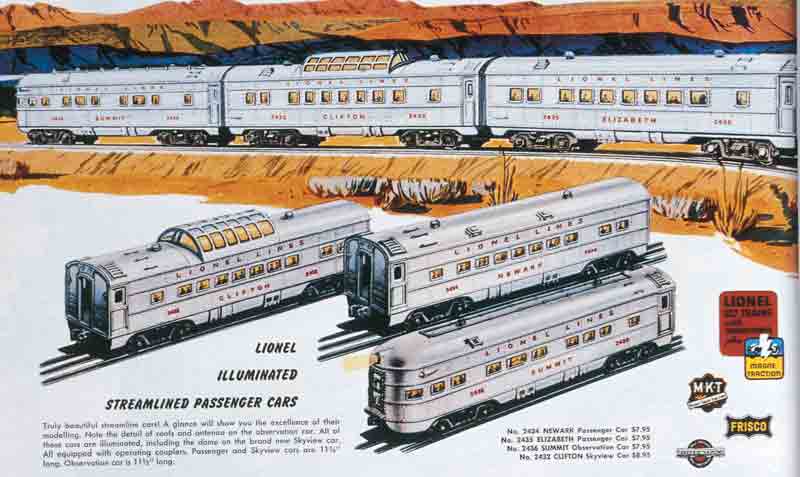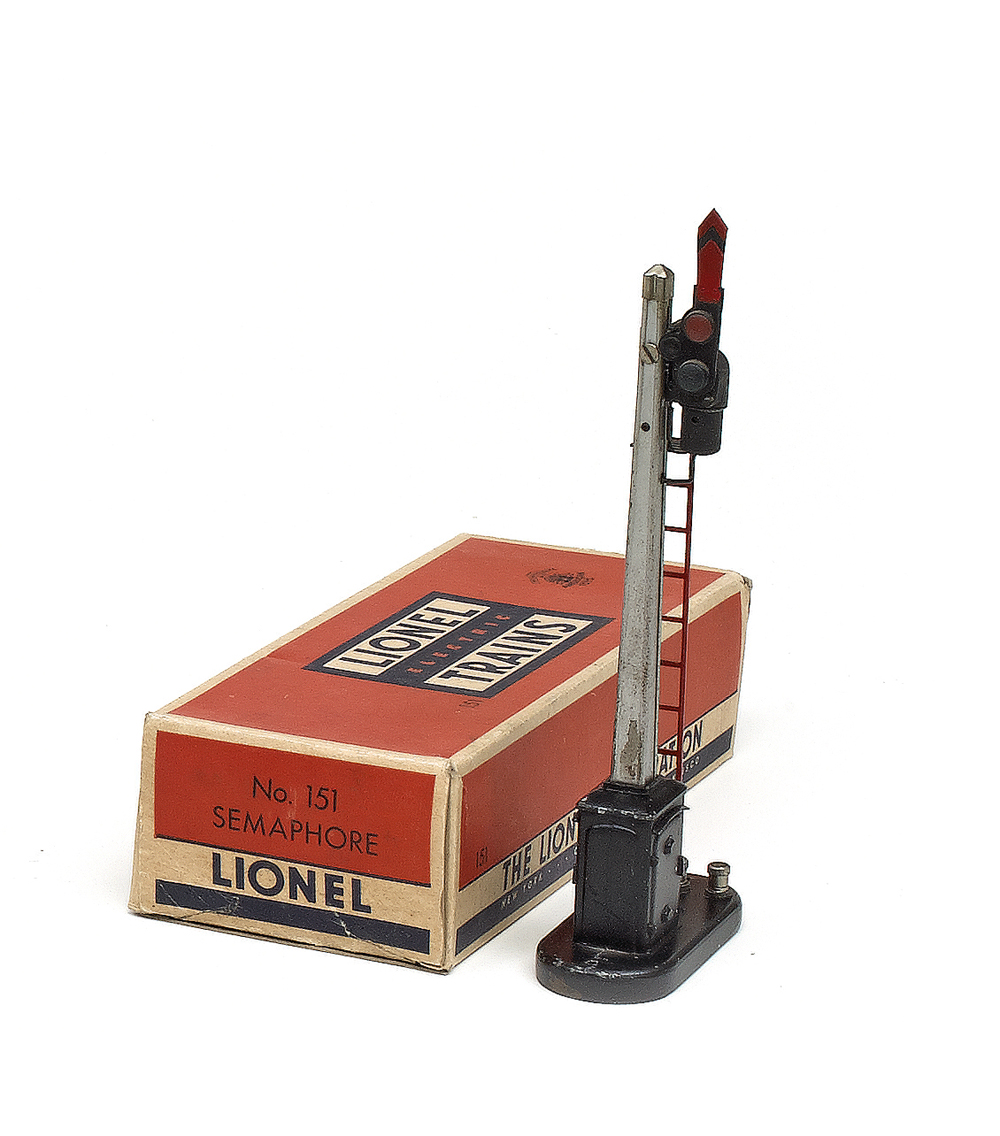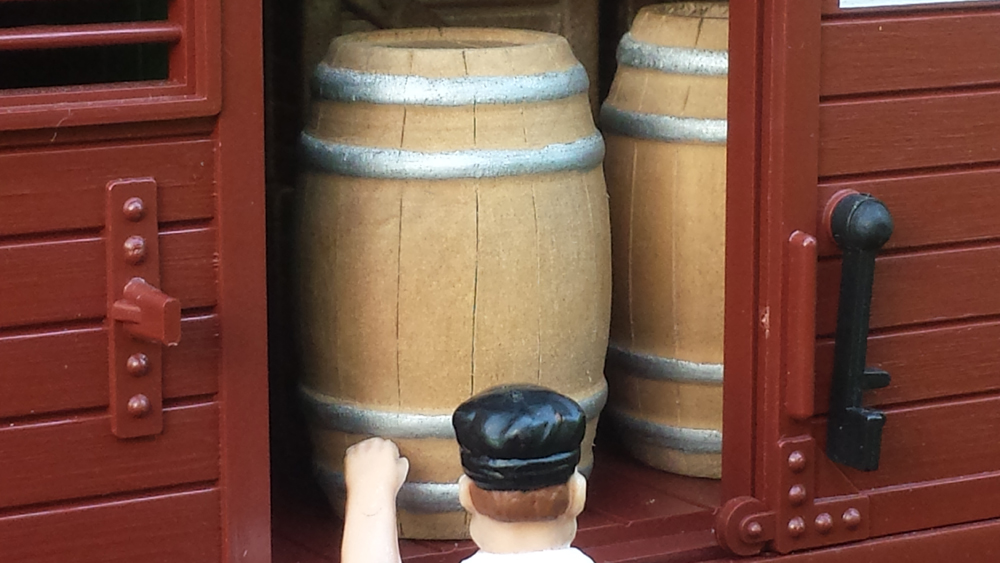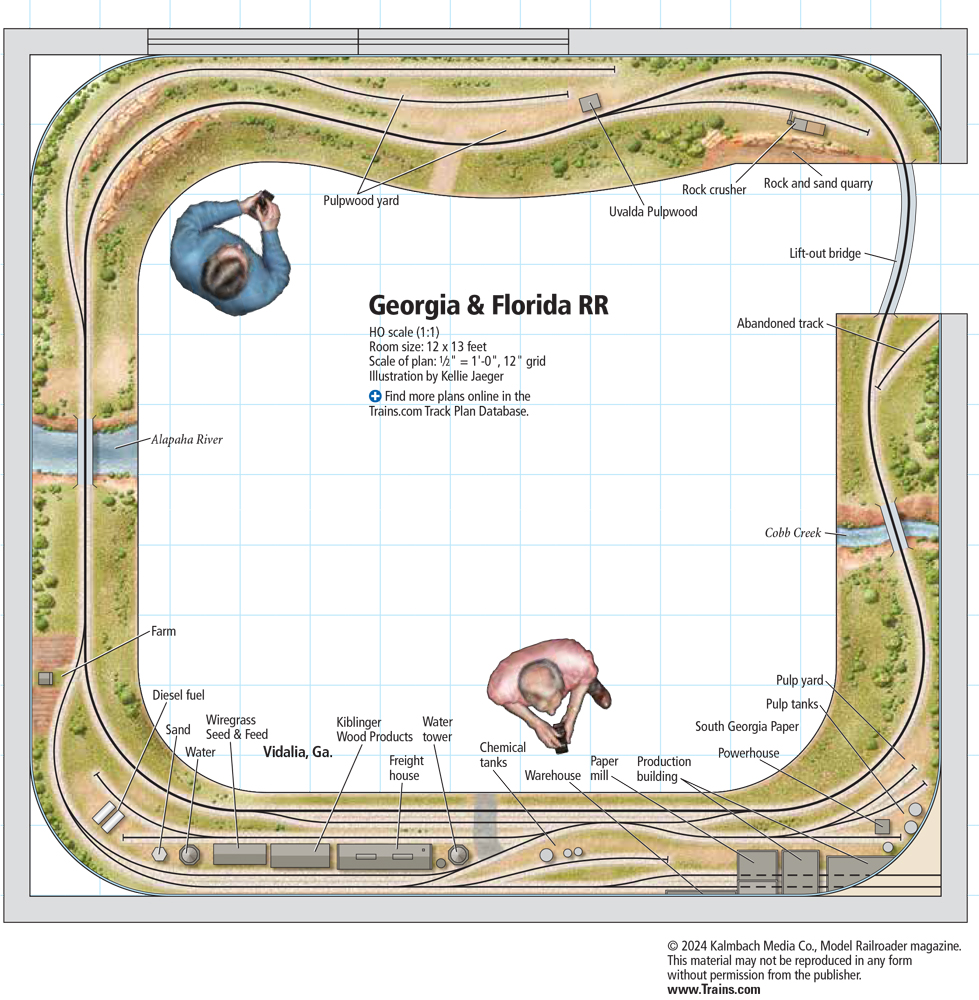
Q: I bought a great set of 2400-series Lionel passenger cars. They look fine and there is no accumulated dirt, but they are rather dull. Twenty-five years ago I would have sprayed plastic on them, but I don’t want to do that now. Is there a good polish or wax I could use? – John Hodges, New York, N.Y.
Find out how much your Lionel 2400-series passenger cars are worth.
A: How to clean Lionel passenger cars depends on what caused the dullness. It could be paint surface deterioration of some kind (often called oxidation), fading from sunlight, imbedded dust, air pollution, or even dirt. Then again, dullness may be in the eye of the beholder.
We sometimes remember things in an enhanced way. For instance, the green 1948 versions of these cars were never as “green” as they appeared in the 1948 catalog. Perhaps the world was a brighter place back then or maybe our vision was better. So before you reach for the abrasives and aerosols, determine where the dullness really resides.
I would hesitate to try harsh remedies on painted plastic cars from the 1940s and early ’50s. Often, the paint didn’t adhere too well on those early plastic surfaces.
Rubbing compounds, cleaner waxes and polishes work by removing a thin outer layer of paint in order to restore the original luster. With cars of this vintage, there is the danger that large patches of paint might also come loose. Obviously, overspraying with plastics, polymers, varnishes, or shellacs is not recommended. Such coatings could seriously affect resale value on the collector market.
Some collectors I know clean their trains by rubbing them with a soft cloth (like an old T-shirt) sprayed with WD-40 or CRC 5-56. These products will remove surface dirt and enhance the appearance of the pieces for a while. However, both leave a residual oily film.
I personally prefer a mild lather of Ivory soap (the bar stuff, not the detergent) and warm tap water. Apply with the fingers or a very soft brush. Rinse thoroughly and then spray Pledge (using a non-aerosol pump dispenser) and wipe with a clean cloth. Use cotton swabs on the window sills and other irregular areas. Then buff gently with a dry part of the cloth.
That is about as far as I think you can safely go with this project. – Joseph L. Mania, CTT Questions & Answers columnist
Silver versions of these cars appeared in the O-27 1520W Texas Special Set, released in 1954.













